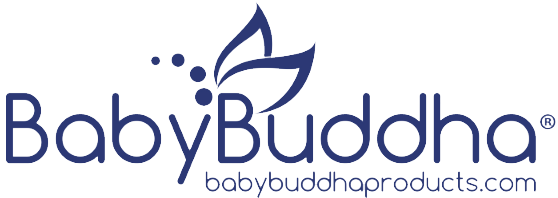Using A Breast Pump Correctly
After acquiring a pump that is convenient and compatible with your day to day errands, you can begin pumping the milk. Two weeks after the baby’s birth it is important to pump regularly to relieve engorgement that may cause some pain or discomfort to the mother, the pumped milk can be stored. Regular pumping in the earlydays goes to tell the body that you might have given birth to more than a single child which might prove dangerous as it may put the mother at risk of breast problems like plugged ducts and engorgement due to high milk production.
As the baby gets older the mother might increase the pumping activity unlike the earlier days, regular pumping means that the milk in storage will be in excess though not necessary it is important as the baby will be fed when the mother gets back to work. Before the mother begins the milk storage it is important she equips herself with knowledge on freezing the produced milk. It is however necessary to start adding a pumping session at about the same time each day to pump milk for storage roughly two weeks before the mother gets back to work.
At the beginning of the pumping the mother will notice little milk produced that will however increase progressively as she gets used to pumping, it is however natural as the mother was earlier on familiarizing herself in measures that enable her to balance the baby’s supply correctly. However on the earlier days milk stash is not expected but with time saving a little of the surplus is necessary as it improves milk supply from the breast and the mother also gets used to the pumping
Placing The Order
As the mother pumps daily at the same exact time as the previous days the body adjusts to producing more milk, as it thinks the child is being fed at that specific time. The body tends to adjust with the production sequence as much as the mother may pump and more milk comes out, the body slowly adjusts and this is like placing an order for milk to be pumped later on.
Insight On How To Pump
At first the mother might find it intense to pump with worries of whether she will be able to pump enough milk, however with time she will get used to it. A sense of discomfort is expected with a machine hooked to mother’s breasts however with practice the mother gets used to the machine. Owning a personal machine is advantageous as the mother gets to learn how to setup her own pump and also how to set the machine in a way that it produces the most milk.
Pump Settings
The pump operates in a mechanism that mimics the baby’s feeding cycle unlike the contrary belief that the machine forceful extracts the milk from the breasts such a situation would cause discomfort, pain and it might also damage the breasts. The mother should pay close attention to how her baby feeds and try to set the breastfeeding pump to work the same, from there the mother might try to adjust the pump to a slower or faster suction rate to see if it produces more milk. The mother should understand that the best settings are the settings that suite her best and not how other peoples pumps operate.
How Frequent To Pump.
If the mother is pumping to increase the milk in storage it is advisable to pump once a day, however if she is to get back to work it’s appropriate to pump for every missed feeding. Arithmetically this equates to three times in eight hours, the mother will however adjust in accordance to the baby’s feeding habits and her schedule.
• If the child feeds every two hours the mother should pump a little more than the baby feeds
• If the mother has a busy schedule it is advisable to pump when she gets to work, before work, after the baby goes to bed and during the night.
• If the baby feeds more the mother should pump more as the baby creates an efficient milk flow.
Whether you are looking for a hospital grade, manual or electric breast pump, contact your insurance provider because insurance covers breast pumps and lactation consultant services.
Published by:
Insurance Covered Breast Pumps












